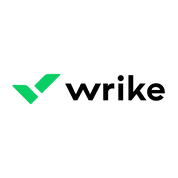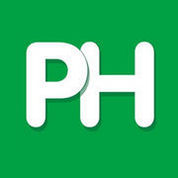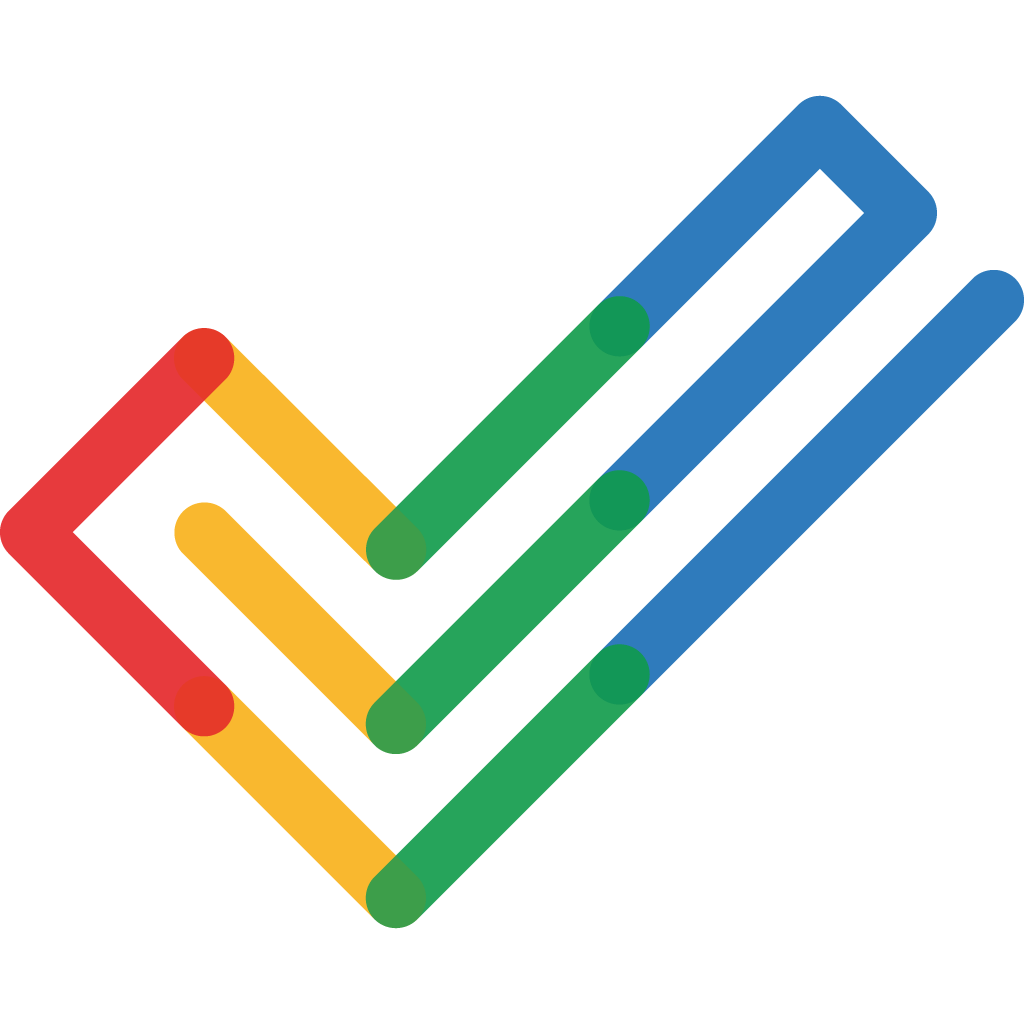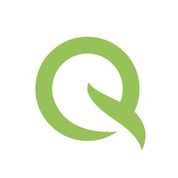Alpas is a Project Management Software. Alpas offers Milestone Tracking, Percent-Complete Tracking, Project Planning, Status Tracking, Task Management and many more functionalities.
Some top alternatives to Alpas includes Quickbase , Smartsheet, ClickUp, Freshbooks and Adobe Workfront.
No, Alpas doesn't provide API.
No, Alpas doesn't provide mobile app.
Alpas is located in
Alpas offers Freemium, Subscription pricing models
The starting price is not disclosed by Alpas. You can visit Alpas pricing page to get the latest pricing.
























